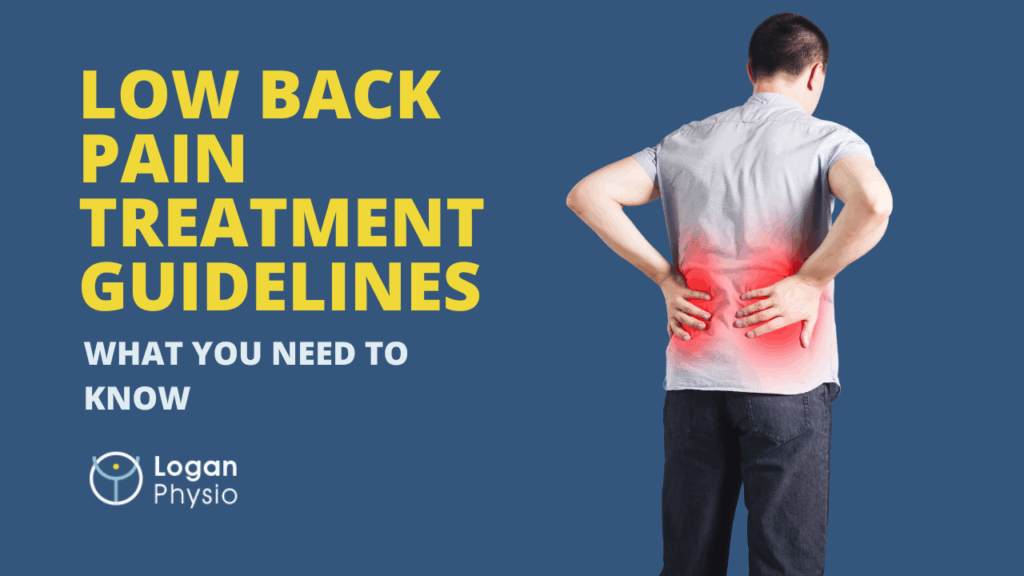Low back pain is one of the most common musculoskeletal conditions, affecting millions of people worldwide. Fortunately, most cases can be effectively managed with the right care. This guide outlines the evidence-based treatment guidelines for managing low back pain, from early interventions to support for chronic cases.
First-Line Treatment for Low Back Pain
For most people experiencing acute low back pain (pain lasting less than 2 weeks), simple, conservative care is highly effective. Current clinical guidelines recommend the following first-line treatments:
- Stay Active
- Avoid prolonged bed rest. Gentle movement and resuming normal daily activities as soon as possible can help promote recovery.
- Exercise Regularly
- Low-impact physical activity and general movement improve circulation, reduce stiffness, and aid in healing. Walking, stretching, and gentle home exercises are a great start.
- Reassurance and Support
- Don’t panic – over 90% of low back pain cases improve within a few weeks to months. Managing stress and staying positive are key components of recovery.
- Imaging is Not Usually Required
- Unless there are serious symptoms (such as signs of nerve damage or trauma), radiological scans like X-rays or MRIs are not necessary in the early stages.

Second-Line Treatment for Persistent Low Back Pain
If symptoms persist beyond 1–2 weeks, additional support may be needed. This is where second-line treatments come into play:
- Manual therapy (e.g. massage, spinal mobilisations)
- Non-steroidal anti-inflammatory drugs (NSAIDs) for pain relief
- Graded activity programs designed to gradually increase movement
- Targeted physiotherapy or exercise-based rehabilitation
At this stage, it’s recommended to book an appointment with your physiotherapist for a tailored recovery plan.
Managing Chronic or Complex Low Back Pain
For individuals experiencing chronic low back pain (lasting longer than 12 weeks), or those with more complex presentations, a multifaceted approach is essential. Best practice care includes:
- Cognitive Behavioural Therapy (CBT) to address the psychological impact of pain
- Multidisciplinary team care, including physiotherapists, GPs, and psychologists
- Pain neuroscience education to improve understanding and reduce fear
- Self-management strategies to empower long-term recovery
- Pain management programs for more intensive support

When to Seek Help
If your low back pain hasn’t improved after a couple of weeks, or if it’s interfering with your quality of life, it’s time to seek professional help. Early intervention and tailored care from a physiotherapist can make a significant difference in your recovery.


